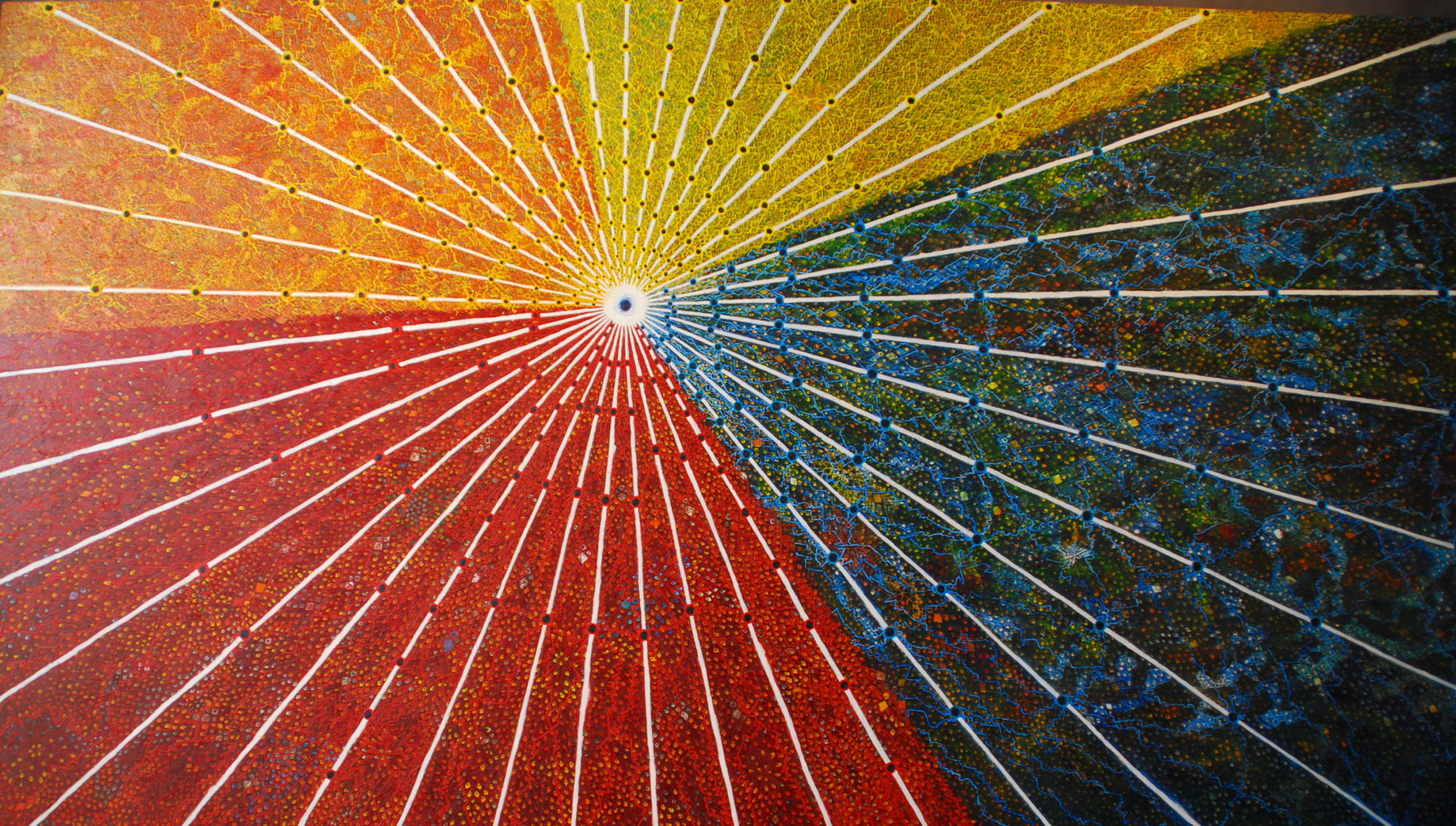Cartagena is, by leagues, the most touristed city in Colombia. Huge cruise ships spill their passengers out into the city every week. Those wanting an appetizer-sized taste of Colombia before ordering the entire entree book a mini-vacation in Cartagena. Domestic tourists also flock there.
Cartagena is popular for many reasons. It’s sunny nearly all the time (and, I might mention, insanely humid). It has fantastic restaurants, from the plate of the day places where an entire meal is just a few bucks to the Anthony Bourdain approved ceviche restaurant, where appetizers start at about $15. As for hotels, take your pick. They’re everywhere and come in every style and every price range.
Of course, there’s also plenty to do. Choose from a variety of museums—the San Pedro Claver museum, which tells the story of the priest turned saint who was a savior to the slaves; the Inquisition Museum, which terrifies you with descriptions of all the ways in which non-believers were tortured during this crazy time in history; or the Gold Museum, which houses all kinds of amazing gold objects in a blessedly frigid building.
Museumed out? Then head to the beach. Though the sand and surf don’t compare to the beaches elsewhere in Colombia, the beachfront is the swanky area of town, home to towering high rise condos and hotels, and plenty of men and women willing to sell you use of a beach chair, give you a massage, or make you a drink.
You must spend at least some time at the fort, which rises over the old city and allows you a panoramic view of Cartagena. It’s only from up high that you realize that the old town is almost entirely surrounded by water, thus explaining the wall built to keep pirates out and the fort intended to ward off attacks.
You can’t help but laugh at the way the canons now point at the new beachfront development, wondering whether that is at all intentional.
And when you pass by the statue honoring the native Colombians who lived here long before the Spanish set up shop, you can’t help but wonder what the city, the country, the world was like back then.
You can also check out the market, a short bus ride away, and like markets throughout the world, ripe with the smells of fish, fruit, raw meat, and body odor.
During the four days we spent in Cartagena, we did all of that and more. But what we enjoyed most was simply wandering the streets, soaking up the atmosphere, and admiring the well-preserved colonial architecture.
After entering the old town through the tower clock gate, we’d climb up on the wall and circle the city, passing lovey-dovey couples who have found new purposes for former canon cutouts and catching bits of soccer games played between the wall and the ocean.
We’d then go on an art treasure hunt of sorts, the city full of statues depicting heros, as well as ordinary people engaged in ordinary acts.
In some instances, art literally imitated life.
In other instances, life was simply accidentally artsy.
What was best about Cartagena, however, was that most of the time art and life weren’t separate things. That, I think, is a cool thing. After all, life is pretty darn beautiful.
























You must be logged in to post a comment.